Hidden Truths Behind These 6 Famous Buildings
6 FAMOUS BUILDINGS – Here are six (6) hidden secrets behind famous buildings. Although you may not be able to see these characteristics during your upcoming journey, it can still be enjoyable to think about.
Although we often assume we have a deep understanding of the world’s famous buildings, some of these architectural marvels hold intriguing secrets right before our eyes. Some of these concealed features are deliberate and designed to cater to the wealthy or elite. Others are hidden beneath the surface, and in one instance, this is quite literal.
A handful of these mysteries are exceptionally unusual, like a European monument that functions as a hidden, massive telescope. Have you heard about the mysterious stories surrounding these six structures? Even if you can’t witness these peculiarities on your next visit, reflecting on them can provide an entertaining mental exercise.
The Eiffel Tower Has a Secret Apartment on the Top
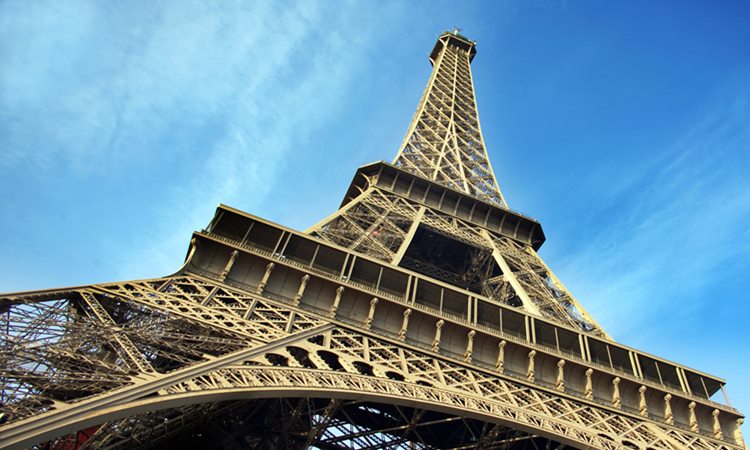
While apartments boasting views of the Eiffel Tower are highly coveted, an apartment with a view from the Eiffel Tower is quite extraordinary. The renowned Parisian landmark, conceived by Gustave Eiffel’s engineering firm for the 1889 International Exhibition, housed a 1,076-square-foot apartment with a wrap-around balcony at its apex. Eiffel, the mastermind behind the tower, reserved this space for himself, using it as a workplace for scientific pursuits rather than as a living quarters. Today, the public can explore this space, furnished with wax figures of Eiffel, his daughter, and Thomas Edison.
The Waldorf Astoria Hotel Has a Secret Train Station
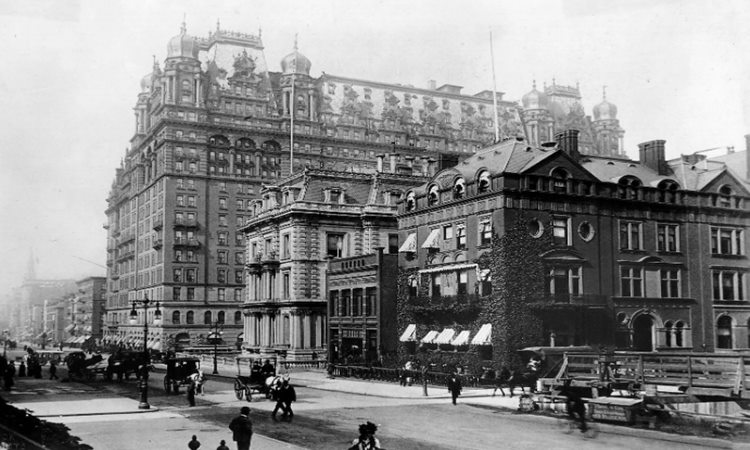
A concealed train station lurks beneath the Waldorf Astoria, one of New York City’s most renowned luxury hotels. This clandestine station has hosted several high-profile personalities, including Franklin D. Roosevelt, who utilized it to evade public scrutiny of his wheelchair. The hidden station remains accessible for visiting dignitaries seeking a discreet departure, adding to the hotel’s mystique.
The Washington Monument Has a Tiny, Underground Twin
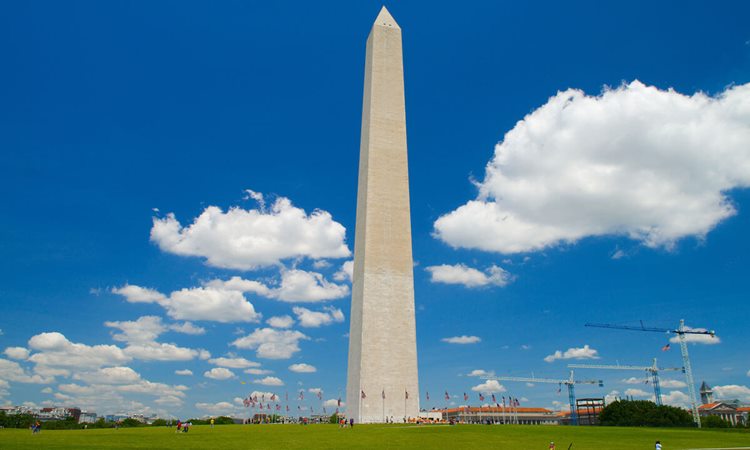
During the late 1880s, as the Washington Monument’s construction reached its final phase, a peculiar miniature structure emerged at its base, standing merely 12.5 feet tall. This miniature replica facilitated the calibration of surveying equipment and ensured precise measurements of the surrounding topography. Although the mini monument isn’t common knowledge, it remains a crucial geodetic control point utilized by government surveyors, hidden beneath the monument’s graded surroundings.
The Real Taj Mahal Sarcophagi Are Hidden
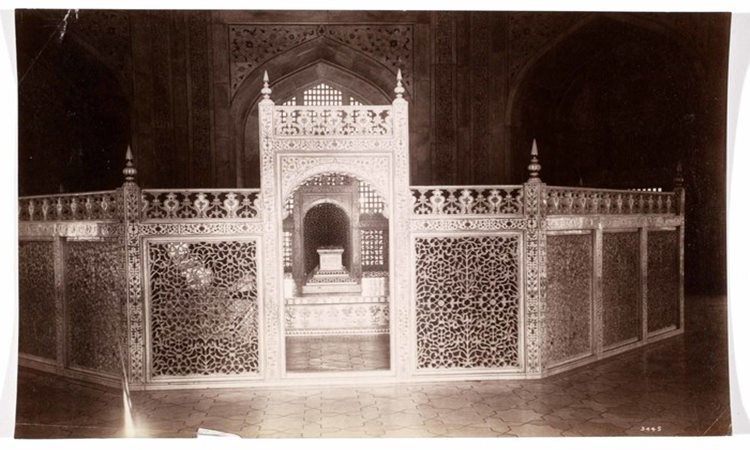
Despite the elaborate optical illusions and color transformations of the Taj Mahal, the authentic sarcophagi of Mughal Emperor Shah Jahān and his beloved wife, Mumtaz Mahal, remain hidden beneath two ornate structures within the monument. While the visible cenotaphs appear to be tombs, the actual resting place of the emperor and his wife lies below, cleverly tucked away from the public eye.
The Monument in London Is Secretly a Telescope
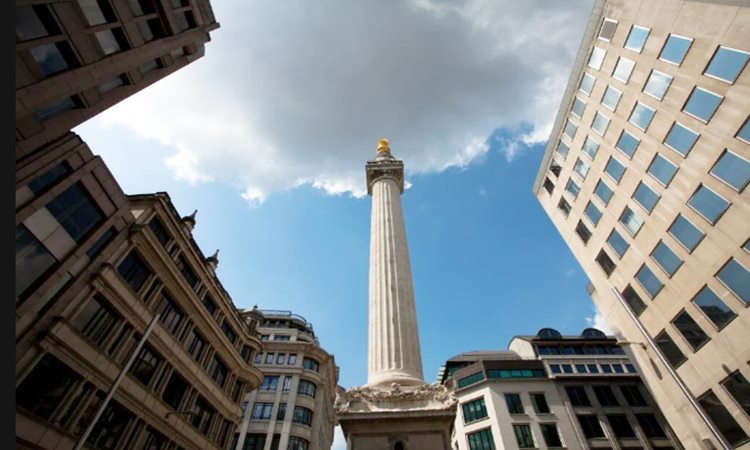
The Monument in London, ostensibly a 202-foot tower commemorating the Great London Fire of 1666, doubles as a giant telescope, a secret known to few. Initially credited to renowned architect Christopher Wren, the structure’s design was the brainchild of Robert Hooke, who integrated his passion for science into the monument’s concept. The top end of the telescope opens up to the night sky, while the bottom end is accessible through a hatch in Hooke’s former physics laboratory.
The Leaning Tower of Pisa Is a Big, Empty Tube
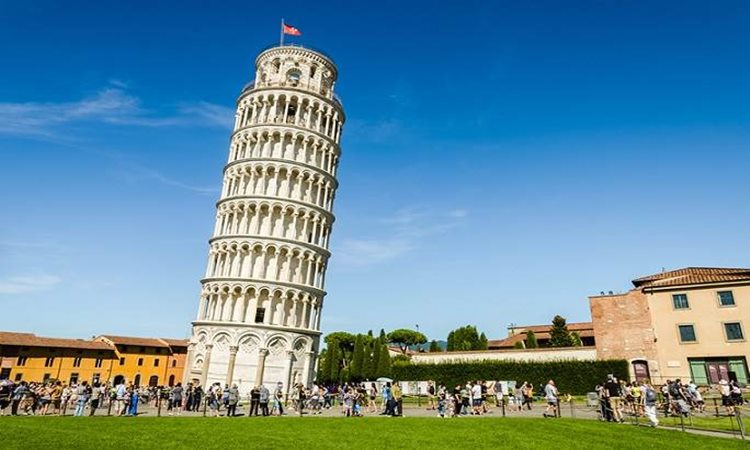
Constructed over several centuries, the Leaning Tower of Pisa stands as a testament to enduring stability despite its noticeable tilt. Contrary to its outward appearance, the interior of the tower comprises a vast empty tube devoid of floors, embellishments, or windows. Initially serving as a bell tower, the removal of the bells was necessary to maintain the tower’s stability, rendering the interior an empty shell. Visitors can ascend the spiral staircase to the top deck, where they can appreciate the view, albeit with nothing to explore inside.
